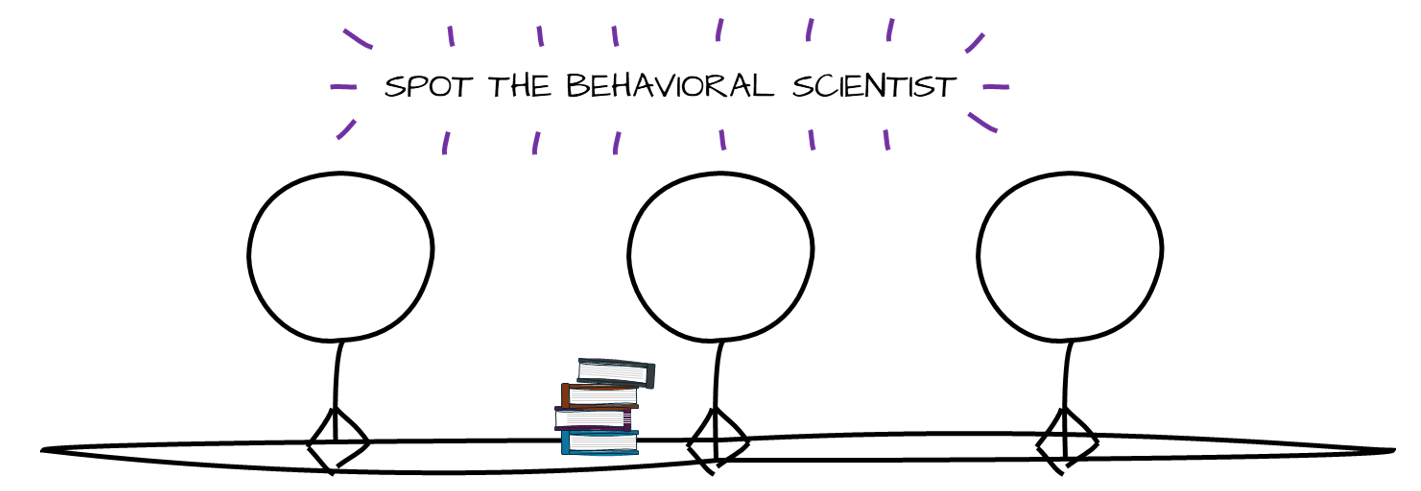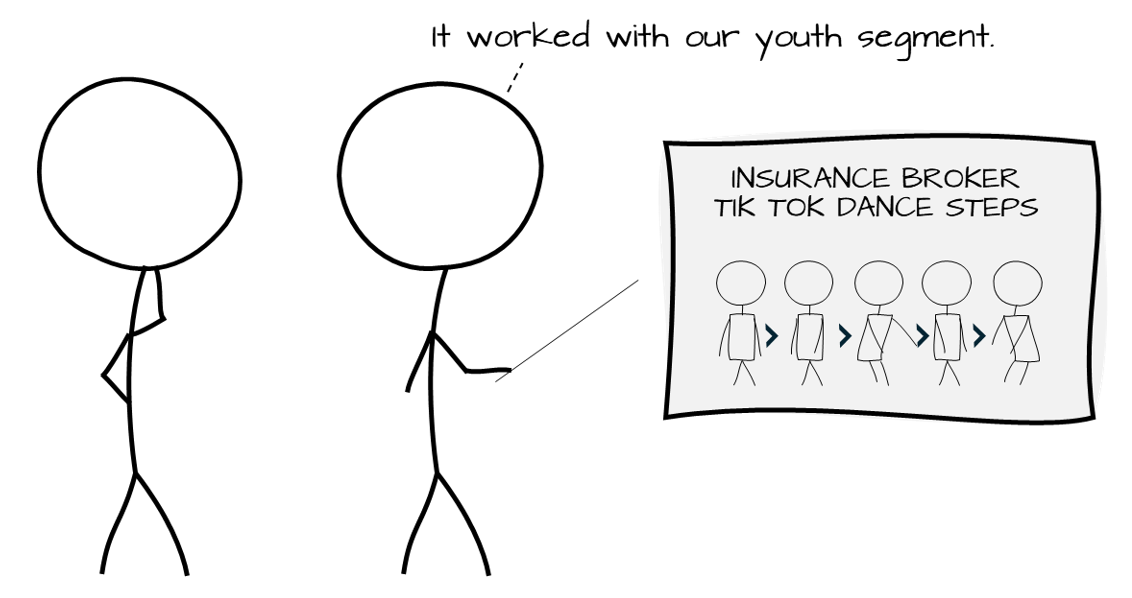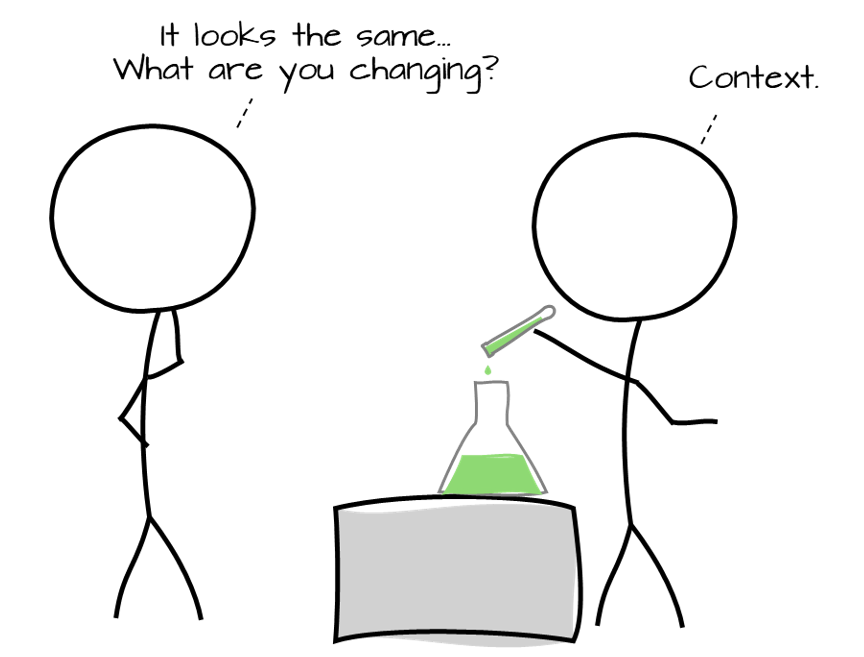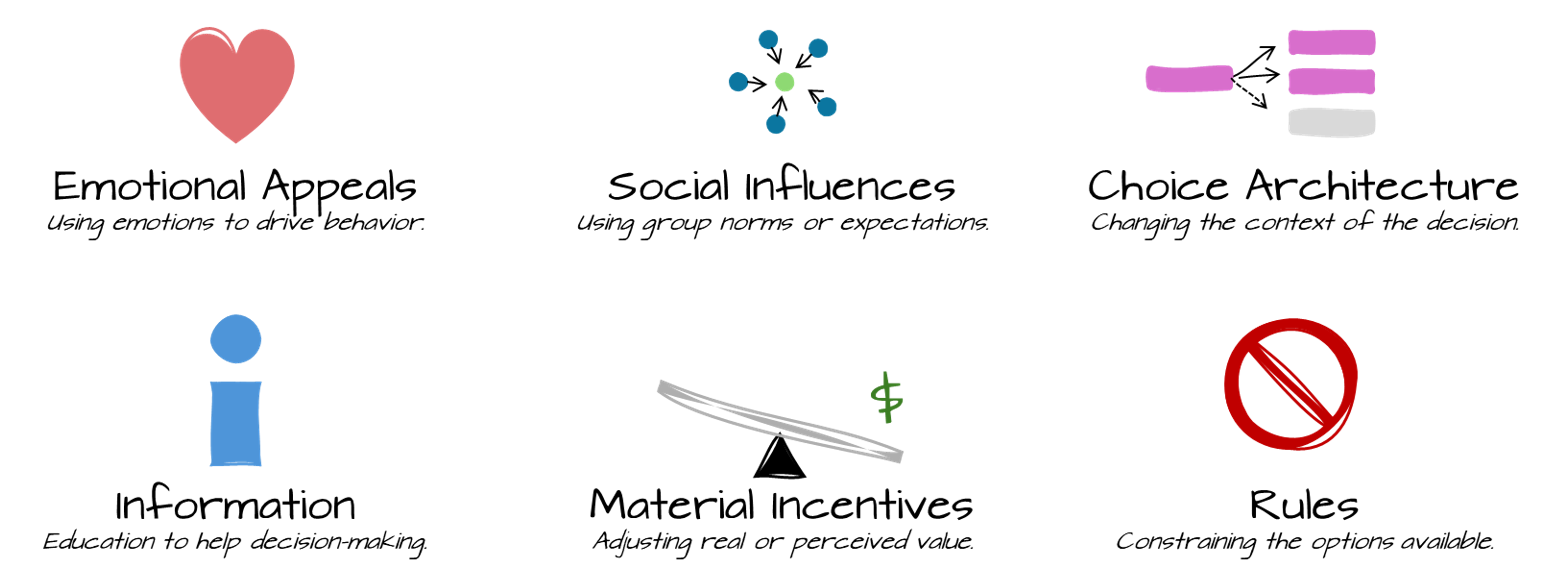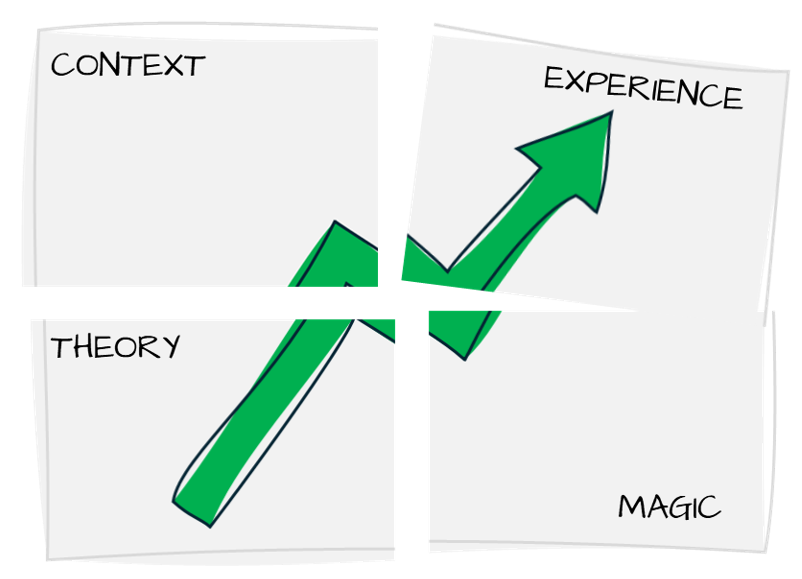Behavioral science – not just a nudge factory
Over the past decade, behavioral science has found its way into discussions at leadership tables.
But most of the people asking for it, don’t really know what it is.
So, what is it?
What is behavioral science?
Behavioral science is understanding, predicting, and changing behavior.
It translates an academically rigorous understanding of human behavior into an organization's context.
This balance of deep understanding with practical execution is where the magic happens.
It is not a nudge factory
Our role is to find and fix underperforming experiences… not to produce off-the-shelf nudges.
We are often asked for tips and tricks, or shortcuts to improving performance. The reality is that there aren’t shortcuts in a scientific process.
Let’s break down our definition to bring the process to life.
Understanding
The context in which an experience is grounded is paramount.
Educating a student on the basics of financial management and encouraging an investment advisor to distribute your product are wildly different use-cases. They may both require informational tools on a product page, but the unique behavioral drivers require different interventions.
It’s critical at this stage to return to theory and review the latest academic insights on the behavior in question. Combining theoretical knowledge with context is how behavioral scientists hypothesize the best way to change behaviors.
Predicting
Theory is powerful, but outcomes pay the bills.
It’s tempting to shoot from the hip but resist the temptation.
Testing hypothesized interventions in lab environments and live experiments is the best way to evaluate a potential action before launching it at scale.
Changing
The rubber hits the road once you implement. In practice, this is an endlessly growing list of interventions.
It’s not as simple as picking your favorite intervention from the list or applying a cookie cutter approach.
The right solution comes from the rigorous process combining theory, context, experience, and a little bit of magic.
How to make it work in your organization?
While behavioral science may have found the leadership table, it has yet to find its footing.
Organizations that do it best do these three things:
Want to learn more about behavioral science in the corporate world? Follow me for exciting things coming soon!
Want to nudge your network to check out this blog? Buttons below!

